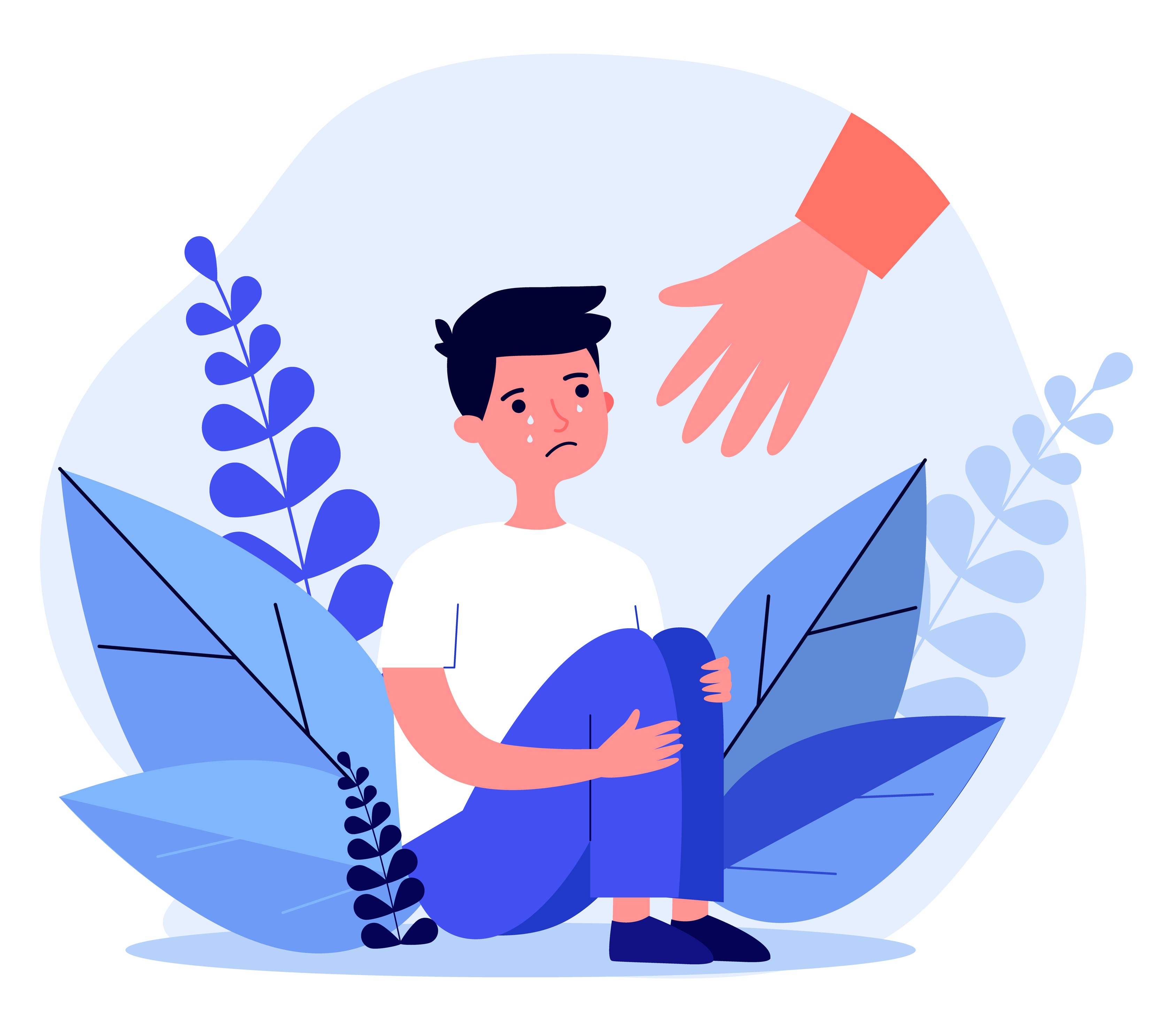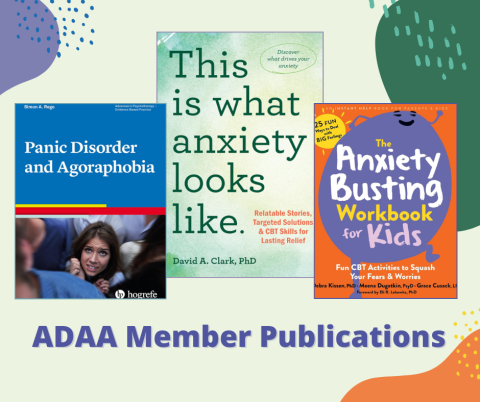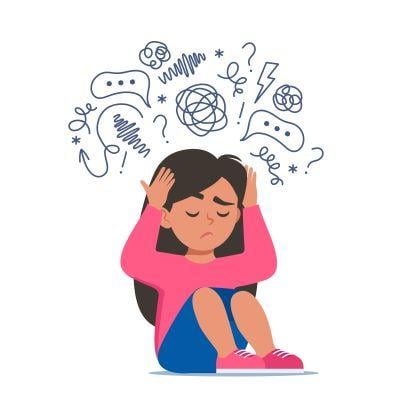What Do You Do When Your Child’s Fears Are Realistic?
What Do You Do When Your Child’s Fears Are Realistic?

A friend shared with me that the other night during bedtime her son said he was worried about “everything.”
Everything turned out to be “the elections, climate change, school shootings, and what is going to happen next.” Some pretty big fears for a still small person to have! And, in point of fact, not that different from the fears of most of the big people I know. Our children listen to us, they watch YouTube, they see the headlines, and they start to worry about the same things we worry about.
In fact, about 30% of kids will have enough anxiety at some point that they would meet criteria for what’s called an “anxiety disorder”. While it is normal to be afraid sometimes, and to worry, we consider it a disorder if that fear or worrying start to interfere in daily functioning, making it hard to sleep, go to school, or participate in social occasions and daily activities.
If a child is scared of something like thunder, or dogs, or vomit (yes, that’s a common fear!), we work on being brave. As parents, it may seem obvious to encourage your child to be brave when near a cute Labrador retriever who has never bit anyone and rarely barks.
But what do you do when your child’s fear are realistic - and maybe even echo your own?
Let’s start with some basics.
Our first job as parents is to keep our children safe and healthy. We clothe, feed, house, and educate to the best of our abilities, with whatever means we have. We can also protect them from age-inappropriate information: turning off scary TV news or movies, setting up parental monitoring filters on devices, and not over-sharing about our own worries. When they discuss something scary in the world, we can explain the difference between “possible” and “probable.” Yes, bad stuff happens, but that doesn’t mean it will happen to you.
A second key parental task is to provide a kind of emotional resilience that transcends age. I’m referring to unconditional love combined with confidence in their abilities.
Why unconditional love? Because that is the foundation on which a human builds a belief in their own resilience. When your child sees themselves reflected lovingly in your eyes, then they believe that they are valuable just because they exist. And when they see that you believe in them and their strength, they can also start to believe in their ability to cope with life.
By the age of 8 or 9, kids know we can’t fix everything. They understand that catastrophes happen sometimes. We still need to help them feel safe. That safety comes from our love and confidence in them. Since we can’t promise that everything will definitely be fine, instead we promise that we will love them no matter what and that we believe in them and their ability to cope. We promise to be there for them, and we promise to believe in them, and we promise to support them while they deal with fear.
I’m not saying “love conquers all.” That’s a cliché, and kind of silly. Rather, I’m saying we can acknowledge that something is in fact truly scary, and also believe in our child’s ability to handle the fear.
So what do you do at bedtime with these fears?
First, hug them. Then, acknowledge the truth – “Yes, those things are pretty scary and Mom/Dad do everything we can to keep you safe.” State your faith in them – “It’s true we can’t control everything, but I know you can be really brave.” Offer some hope – “You’ll feel better in the morning when you’re not so tired.” Step by step, the worries will start to feel more manageable as your child learns to cope with their feelings.
If, over time, you find that validating your child’s fear, while encouraging them to be brave and tolerate anxiety isn’t enough, it’s always ok to ask for help. If the worries are persistent, intrusive, and take up lots of time in their day, those are all good indicators that you may need a little more assistance. A psychologist or other mental health provider can help kids learn more specific coping skills, practice brave behaviors, and find freedom from fear.


















